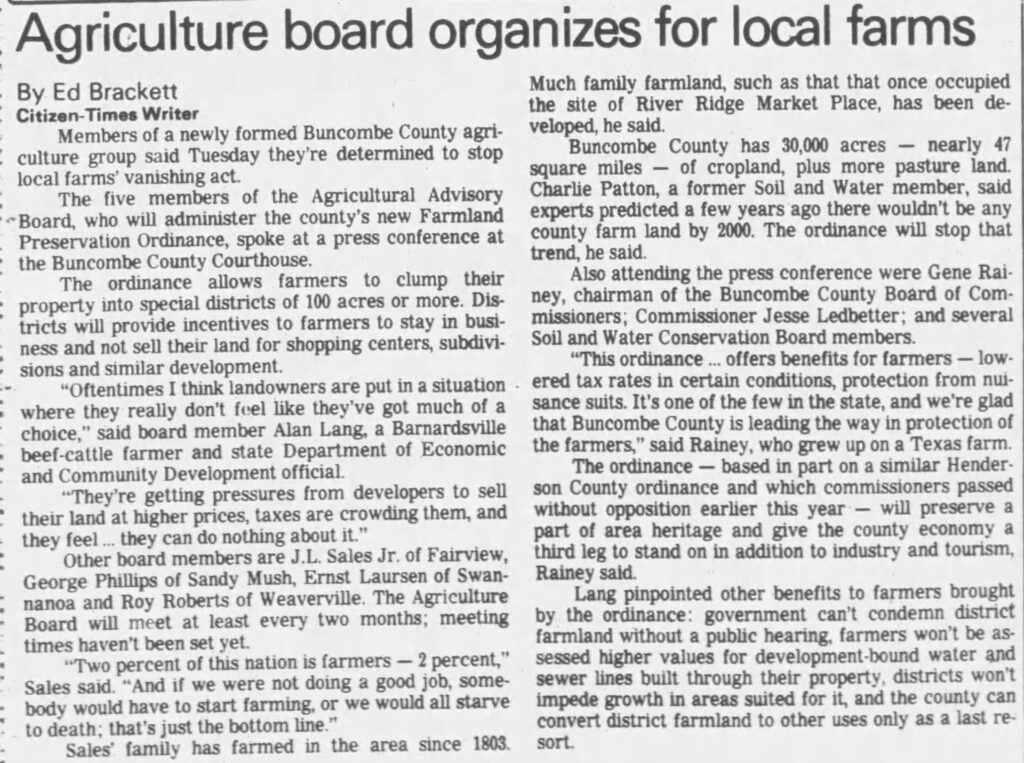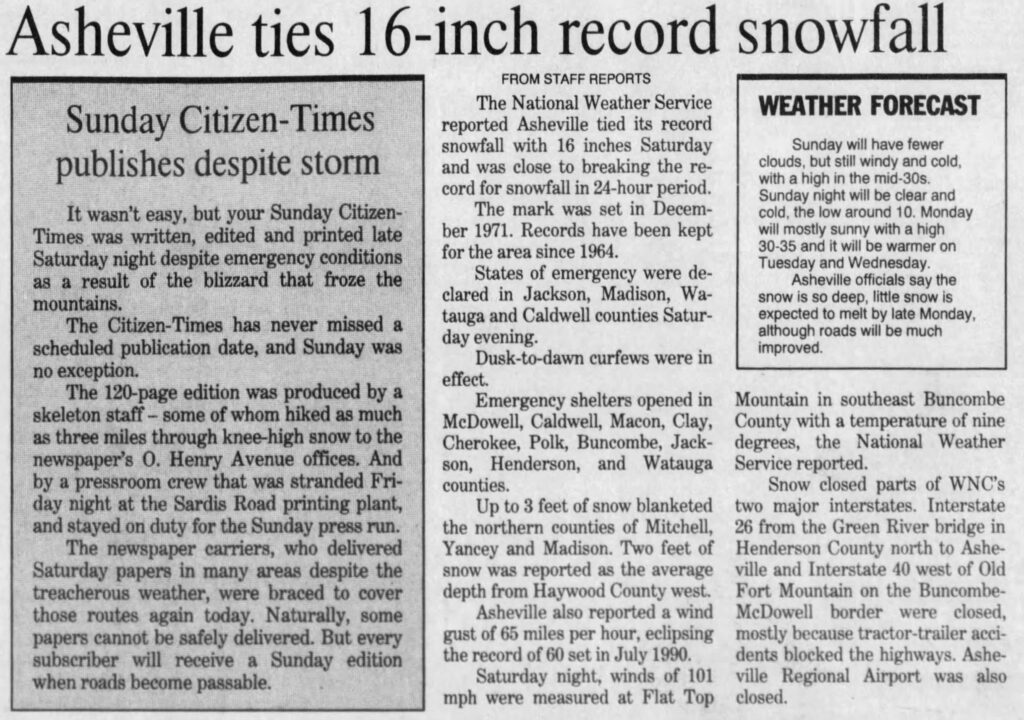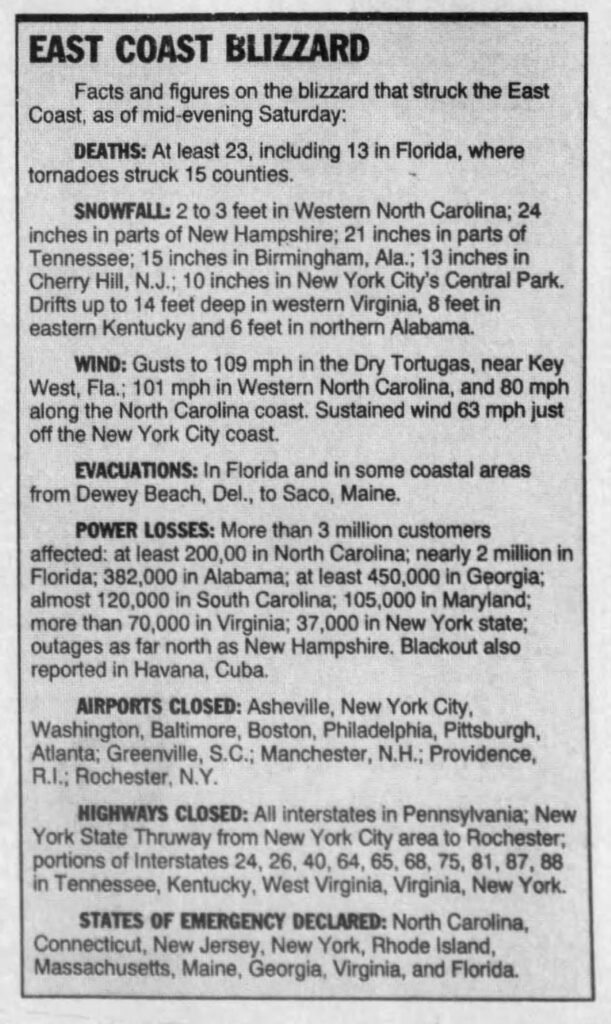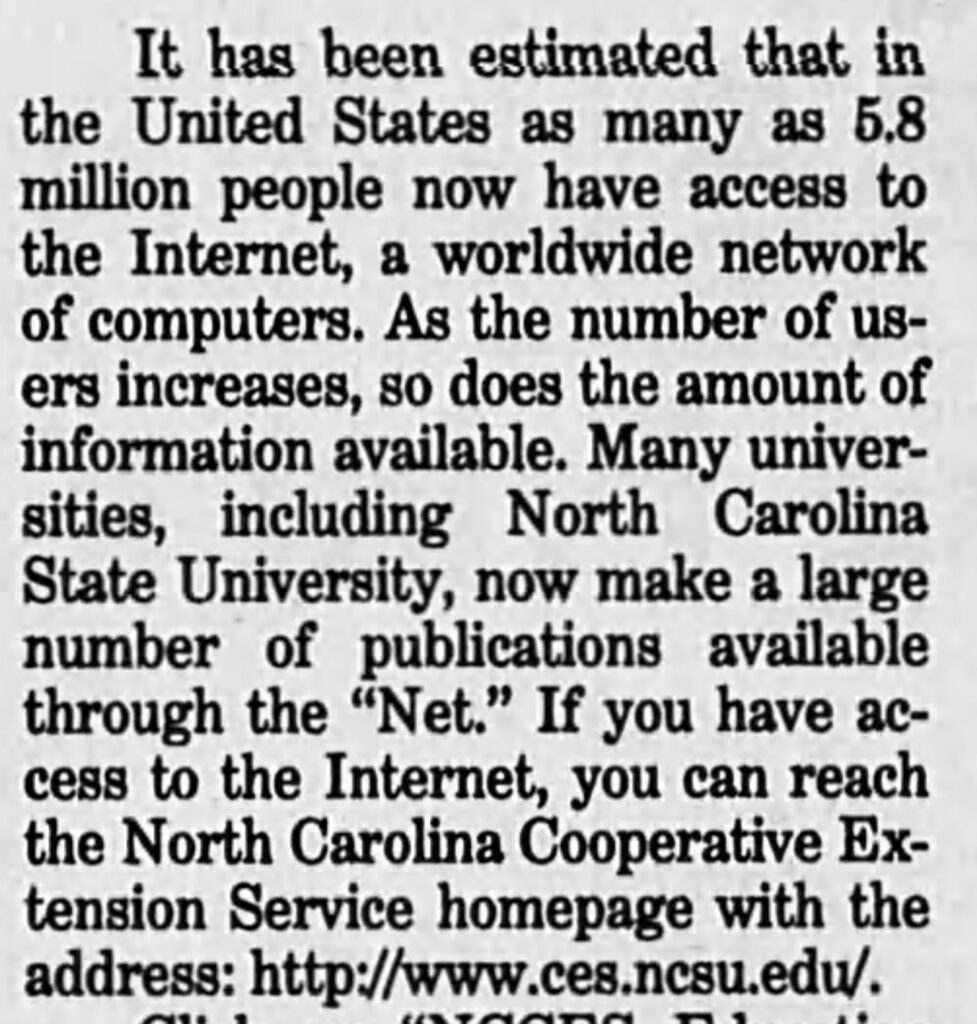N.C. Cooperative Extension, Buncombe County Center : The 1990s
go.ncsu.edu/readext?1088134
en Español / em Português
El inglés es el idioma de control de esta página. En la medida en que haya algún conflicto entre la traducción al inglés y la traducción, el inglés prevalece.
Al hacer clic en el enlace de traducción se activa un servicio de traducción gratuito para convertir la página al español. Al igual que con cualquier traducción por Internet, la conversión no es sensible al contexto y puede que no traduzca el texto en su significado original. NC State Extension no garantiza la exactitud del texto traducido. Por favor, tenga en cuenta que algunas aplicaciones y/o servicios pueden no funcionar como se espera cuando se traducen.
Português
Inglês é o idioma de controle desta página. Na medida que haja algum conflito entre o texto original em Inglês e a tradução, o Inglês prevalece.
Ao clicar no link de tradução, um serviço gratuito de tradução será ativado para converter a página para o Português. Como em qualquer tradução pela internet, a conversão não é sensivel ao contexto e pode não ocorrer a tradução para o significado orginal. O serviço de Extensão da Carolina do Norte (NC State Extension) não garante a exatidão do texto traduzido. Por favor, observe que algumas funções ou serviços podem não funcionar como esperado após a tradução.
English
English is the controlling language of this page. To the extent there is any conflict between the English text and the translation, English controls.
Clicking on the translation link activates a free translation service to convert the page to Spanish. As with any Internet translation, the conversion is not context-sensitive and may not translate the text to its original meaning. NC State Extension does not guarantee the accuracy of the translated text. Please note that some applications and/or services may not function as expected when translated.
Collapse ▲Despite facing a number of national and global challenges, the 1990s was a decade marked largely by a sense of optimism. The economy was strong; unemployment was low and the challenges our nation did face were overcome with a sense of zeal not felt in previous decades.
For American agriculture, farm bills and international trade agreements brought sweeping changes to crop production and trade. Emerging technologies laid the groundwork for what we now call precision farming, while advancements in plant breeding and mechanized farming boosted efficiency. A movement toward more environmental consciousness began to take shape, bringing organic farming practices and farmland preservation policies to the forefront. By the end of the decade, however, a new and profound challenge emerged, signaling the end of an era for many, and leaving others wondering the future of agriculture in western North Carolina.
1990
February 28 –
Today, Buncombe County’s Farmland Preservation Program continues in its mission to develop and hold conservation easements on working farms, administer Voluntary Agricultural District (VAD) and Enhanced Voluntary Agricultural District (EVAD) temporary land protection programs, and promote the viability of local agriculture. The Agricultural Advisory Board reviews, recommends, and votes on applications for these voluntary districts.
Since its inception, Buncombe County’s Farmland Preservation Program has helped conserve thousands of acres of farmland within the county. Currently, there are 18,427.84 acres in the VAD and 2,795.72 acres in the EVAD temporary land protection programs. In 2005, Buncombe County began funding the permanent protection of land by using conservation easements. This work, between county programs and non-profit land trusts, has resulted in 42,129 acres of privately owned land being protected in perpetuity. Including land held in other easement agreements and public protected land, Buncombe County is about 334 acres away from meeting their conservation goal of protecting 20% of the county by the year 2030.
Find out more about the Buncombe County Farmland Preservation program on their website: Buncombe County Farmland Preservation Program.
1991
The Western North Carolina Community Development Association, now WNC Communities, establishes the WNC Agricultural Hall of Fame. Its objectives remain to identify, recognize, and honor significant contributors to WNC agriculture. The first inductees were Richard Barber, Clayton Davis, Thomas Konsler, Morris “Mac” McGough, Clyde Osborne, Denver Robinson, George Vanderbilt, and EJ Whitmire.
More information about the WNC Agricultural Hall of Fame can be found on the WNC Communities website.
1993
March 12 thru March 14 – Buncombe County receives at least 16 inches of snow over the March 12th weekend, with other areas of WNC reporting over two feet. In one of the worst snow storms in our area, high winds, thunder-snow, and six-foot- plus snow drifts were not uncommon. School was cancelled for a week and many residents went days without electricity.
February 9 – The NC Department of Agriculture announces that it will be bringing the first state-run fair to the region. Modeled after the NC State Fair in Raleigh, the first North Carolina Mountain State Fair opened at the WNC Ag Center on September 7th, 1994. It ran through September 11th, 1994 and recorded 45,286 people in attendance.
July 12 – Fourteen year old Crystal West of Waynesville, Haywood County, becomes the first official registrant of the first North Carolina Mountain State Fair, entering her sheep, cattle, and hogs in the Junior Livestock show.
The 2025 North Carolina Mountain State Fair opens Saturday, September 5th and runs through Sunday, September 14th. New agricultural exhibits this year include the Creative Hay Bale Decorating exhibit and the School Garden exhibit. 2025 Agricultural sponsors include North Carolina Farm Bureau’s Ag in the Classroom and AgSouth Farm Credit.
For more information on the 2025 NC Mountain State Fair, visit their website at The North Carolina Mountain State Fair.
1996
In 1993, N.C. State University became the first in the nation to launch a university Extension website. By 1996, more and more people had gained access to the internet and to the information Extension could provide.
www.ces.ncsu.edu continues to serve as the N.C. Cooperative Extension website. From here you can access the website for each county’s local office and explore the ways North Carolina Cooperative Extension has been and continues to be a remarkable source of education and research for all of North Carolina.
Visit Buncombe County Cooperative Extension website at buncombe.ces.ncsu.edu for more information specific to Buncombe County.
1998
November – After a multitude of lawsuits between 46 states’ Attorneys General and the four major cigarette manufacturers (Phillip Morris, Inc., R.J. Reynolds, Brown & Williamson, and Lorillard) the Master Settlement Agreement is signed November 23, 1998. This agreement settled numerous lawsuits against cigarette manufacturers while restricting advertising and rewarding financial payments to the states involved.
At the time of the agreement, seven WNC counties produced over 23 million pounds of burley tobacco. Cigarette companies often combined golden leaf, flue-cured tobacco (grown in the piedmont and coastal regions of North Carolina) with burley, air-cured tobacco (grown in the western regions of North Carolina) to achieve specific flavor profiles for cigarettes. In 1998, Madison County alone produced over 9 million pounds of burley tobacco. Yancey County ranked second with 5,141,736 pounds and Buncombe County ranked third in the state, producing 5,069,086 pounds.¹
1999
In response to North Carolina’s estimated $4.6 billion share of funds from the Master Settlement Agreement to be dispersed over the following 25 years, the NC General Assembly establishes the Golden LEAF Foundation. This non-profit organization served as one of three created to receive and administer the funds collected. Still in operation, their purpose is to foster economic prosperity in the state’s rural and tobacco dependent communities.
For more information on North Carolina’s Golden Leaf Foundation, visit their website at goldenleaf.org.
As the 1990s came to an end, the Master Settlement Agreement (MSA) brought vast changes to the tobacco industry. No longer operating with the same social acceptance it once sustained, smoking rates continued to decline, and further marketing restrictions emerged. These shifts would usher in a new era for the tobacco industry, with the 2000s bringing even more changes directly affecting farmers throughout the Southeast, including those particularly in Buncombe County.
Join us next month as we explore the 2000s and the changes that decade brought to agriculture and N.C. Cooperative Extension work in Buncombe County.
Stay with us all year as we explore each decade of agriculture and N.C. Cooperative Extension work in Buncombe County. To read about past decades, check out our “History of N.C. Cooperative Extension, Buncombe County Center” webpage.
Sources:
¹ Reid, Tim. “Asheville Tobacco Warehouses to Open Monday.” The Asheville Citizen Times, 21 Nov. 1998, p. B8, Accessed 29 Aug. 2025.
Brackett, Ed. “Agriculture Board Organizes for Local Farms.” The Asheville Times, 28 Feb. 1990, p. 5B, Accessed 22 Aug. 2025.
Brackett, Ed. “Board Formed to Reverse Farms’ Vanishing Act.” The Asheville Citizen, 28 Feb. 1990, p. 5B, Accessed 22 Aug. 2025.
“Extension Service Information Available Through Internet.” The Asheville Citizen Times, 29 Oct. 1996, p. B3, Accessed 22 Aug. 2025.
“Haywood Teen First to Register for Area Fair.” The Asheville Citizen Times, 15 July 1994, p. 6D, Accessed 22 Aug. 2025.
Moore, Justin. “Extension History and Milestones.” NC State Extension News, North Carolina State University, 2023, .
“Mountain State Fair Organizers Look to Next Year.” The Asheville Citizen Times, 13 Sept. 1994, p. 1B, Accessed 22 Aug. 2025.
“North Carolina Would Reap Billions From Tobacco Deal.” The Asheville Citizen Times, 13 Nov. 1998, p. B8, Accessed 22 Aug. 2025.
Osborne, Clyde. “Optimism Grows for Farmers.” The Asheville Times, 28 Jan. 1990, p. 1 G, Accessed 22 Aug. 2025.
Sandford, Jason. “State to Bring Fair to Region.” The Asheville Citizen Times, 10 Feb. 1994, p. 1, Accessed 22 Aug. 2025.
“Welcome.” Golden LEAF Foundation, Golden LEAF Foundation, 9 May 2025, .
“WNC Agricultural Hall of Fame.” WNC Communities, WNC Communities. Accessed 22 Aug. 2025.














